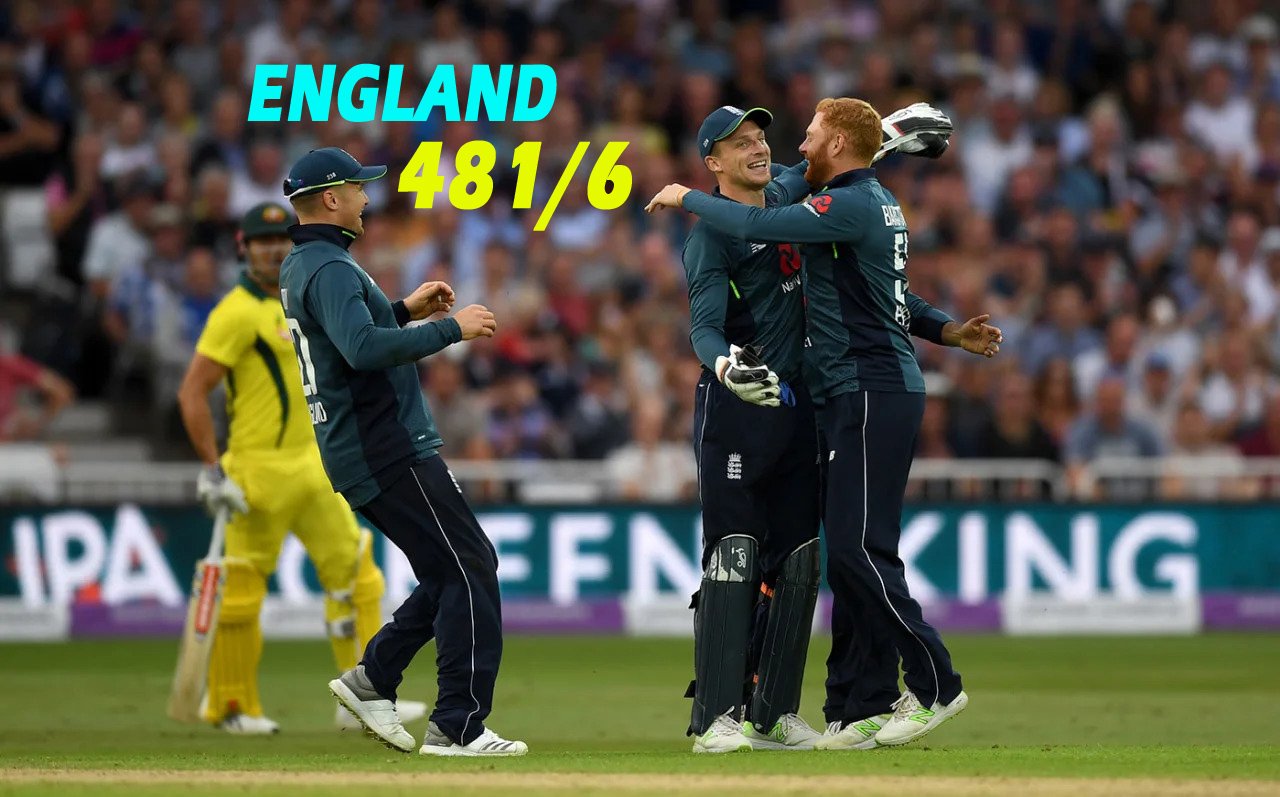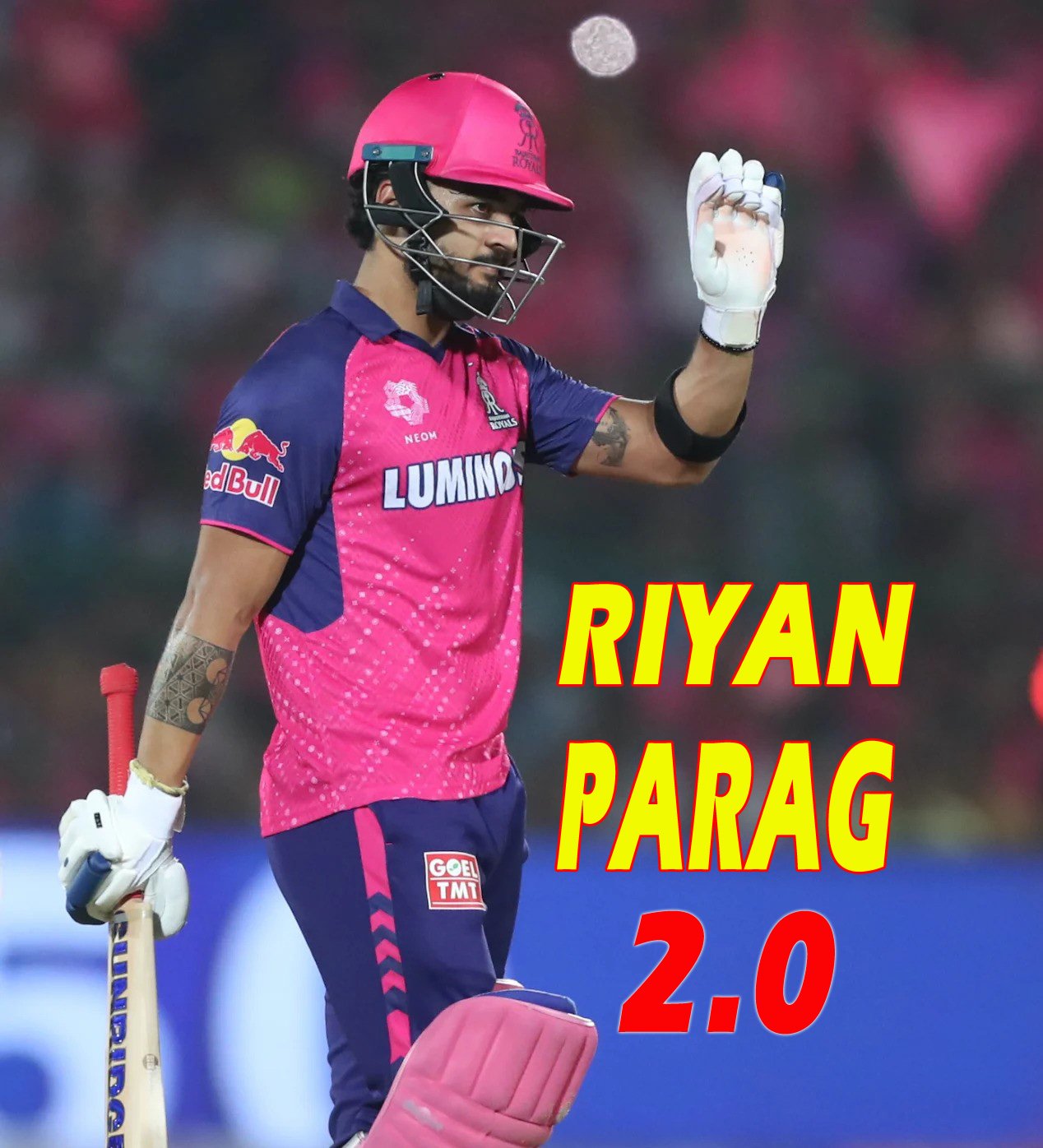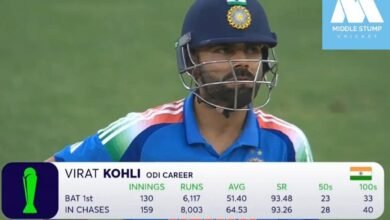Rohit Sharma’s double century in the 7th ODI against Australia stands out as a monumental achievement in an era where high-scoring ODIs have become the norm.
The fact that three batsmen have crossed the 200-run mark in the last 467 matches, compared to none for 2961 ODIs, is a testament to how skewed the bat-ball competition has become.
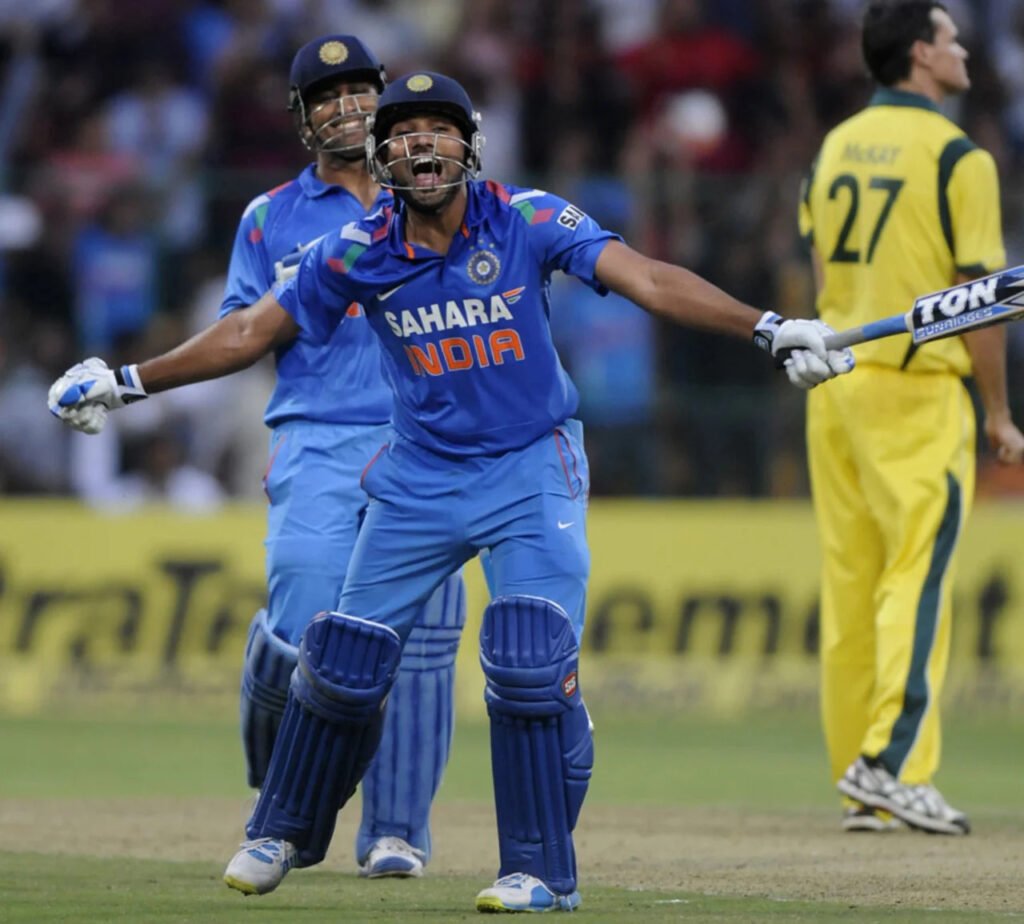
Australia 326 (Faulkner 116, Maxwell 60) lost to India 383 for 6 (Rohit 209, Dhoni 62, Dhawan 60) by 57 runs.
The fact that three batsmen have crossed the 200-run mark in the last 467 matches, compared to none for 2961 ODIs, is a testament to how skewed the bat-ball competition has become. After Virender Sehwag and Sachin Tendulkar, Rohit Sharma became the newest member of the team. In the series finale, he amassed a world record 16 sixes in a rout of Australia that bowlers on both sides would be happy to move on from. Amazingly, Australia lost because they ran out of time instead of wickets.
India scored 383 runs with 19 sixes; Australia responded with 326 runs, marking the ninth time in 11 innings that a team has crossed 300 in this series. And no, they did not lose the six-hitting match, even if they ultimately lost by a significant margin.
Together, Australia and India broke the record for the most sixes in a one-day international as they both rained blows over the small boundaries of the Chinnaswamy Stadium. In 2009, India and New Zealand had struck 31 in Christchurch; today, Australia and India struck a mind-numbing 38. And 29 balls were still not used.
The worst stats by an Indian in an ODI was Vinay Kumar’s 1 for 102 in nine overs; the fastest fifty-minute score by an Australian was nearly shared by Glenn Maxwell and Shane Watson; and the fastest ODI century by a foreign player was James Faulkner’s 57-ball hundred. It was difficult to interpret it all.
The insanity started with Rohit. The stars had to align today for a batsman to have a chance at scoring a double century in 50 overs. Aside from the conducive running environment, George Bailey put India in on a slow-moving pitch with an insubstantial outfield; the temperature was cool and the humidity was low; Australia had already lost Watson to injury mid-spell, and Mitchell Johnson had been sent packing; their remaining bowlers had performed a variety of pies.
On 120, Rohit also received the required good fortune when Moises Henriques, the substitute, dropped him at deep square leg. Henriques parried the ball over the boundary to increase the six count.
The in-form batsman in India, Virat Kohli, may have thought that he owed his team and the supporters something in return for running him out for a duck. For the fifth wicket, he and MS Dhoni amassed 167 runs off 94 balls. In the final ten overs, India scored 151 runs, with 101 coming in the final five overs.
With 114 balls, Rohit had reached above 100. He then exceeded 200 after making 156 deliveries. It was hard to remember that Rohit had been the supporting player during his third opening partnership of this series, his sixth century stand in 19 innings with Shikhar Dhawan. Additionally, he was put to the test when Kohli was bowled out in the following over and Dhawan was trapped leg before wicket in the nineteenth over.
Also Read: Rohit Sharma’s Record-Breaking 264: A Masterclass in ODI Cricket As India Dominated Sri Lanka
Even though India had reached 100 in 15.1 overs, the 26th over saw Rohit completely outmaneuver the spinners, sending Maxwell and Xavier Doherty into the stands between square leg and long on many times. Upon the quicks’ return, they committed the same mistakes of bowling both sides of the wicket, and Rohit proceeded to drive and flick over the boundary on the leg-side in addition to hitting fours and sixes between long off and point.
Dhoni’s vicious punches, which included a helicoptered six that went over the roof at long range, contrasted with his fluid stroke play. Rohit was on 197 at the beginning of the last over. After hitting Clint McKay over the cover boundary to bring up his double, he proceeded to smash the next one over midwicket to set a record for the most sixes in an innings.
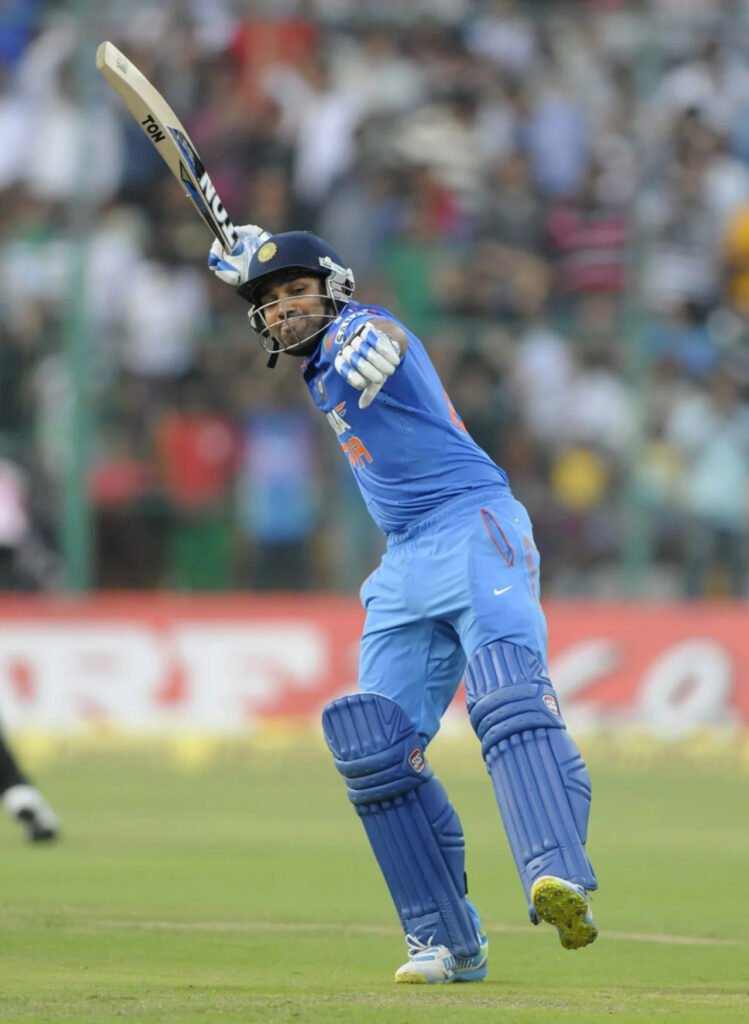
India appeared to be coasting to win as Australia fell to 74 for 4 in the 17th over of the chase, with Watson hampered in the changing room. But Maxwell emerged, his bat clenched like a hammer. After hitting his opening ball for six, he destroyed Vinay, sprinting to 28 off only six balls. He eventually fell for 60 off 22 deliveries after slugging and swiping his way to tie the Australian half-century record set by Simon O’Donnell in just 18 balls.
Next was the injured Watson, who was much more of a six-hitter because of his injuries, and he was even more enraged by Dhawan’s callous mockery of his limping between the wickets. In addition, he blasted Vinay for 22 in an over and was on pace to defeat Maxwell and O’Donnell until Dhoni’s thigh let him to be caught for 49 off 22 at short third man.
Faulkner’s innings, however, was the most astounding of the day, as he combined with McKay for 115 runs to take the ninth wicket. McKay had not added any runs to the stand at one stage when it was worth 57. He blasted Vinay for 21 runs in one over and beat Matthew Hayden’s record for Australia’s fastest century by going from 35 off 29 balls to a century in the next 28 deliveries.
The Diwali audience went silent as Faulkner struck fours and sixes seemingly at will. If he had been accompanied by a good batter, Australia could have been able to pull off one of the most unlikely chases.
Ravindra Jadeja started to slow them down when they needed just 67 off 48 balls. He did this by bowling McKay with the last ball of his stint after he had conceded three runs in an over. The next ball, which Faulkner mishit high into the night sky, was brilliantly collected by Dhawan, who was racing quickly to his right at deep midwicket, giving India a 3-2 series lead.


